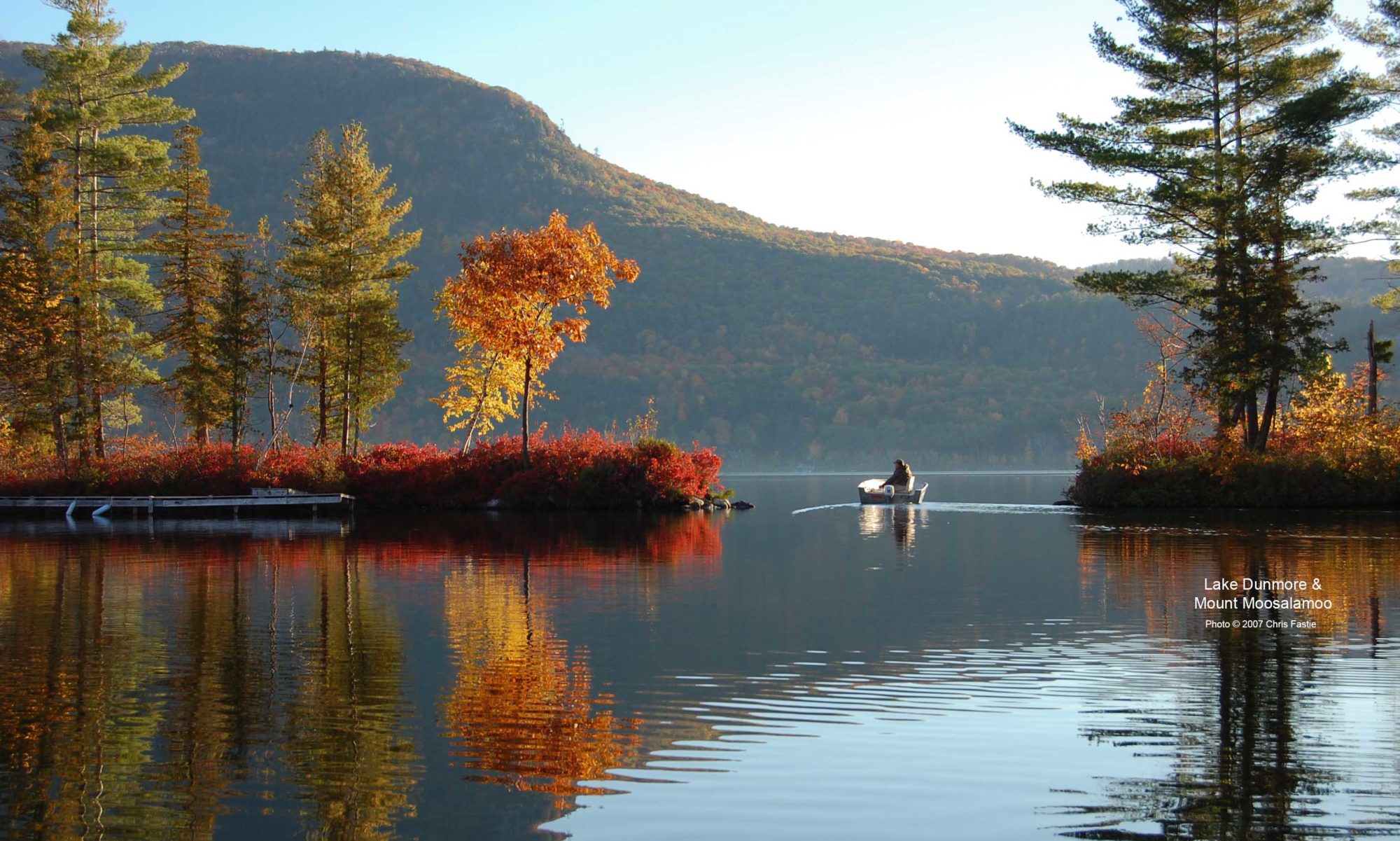On town meeting day, Vermont’s Endangered Species Committee (ESC) sent a memo to Julie Moore, the Secretary of the Agency of Natural Resources (ANR). The memo followed 17 months of deliberation on a single issue—a threat to endangered and threatened bats in Addison and Rutland Counties. The threat comes from pesticide spraying in the BLSG (Brandon Leicester Salisbury Goshen Pittsford Insect Control District). BLSG sprays the pesticides malathion and permethrin to kill mosquitoes, and the ESC biologists had voted unanimously that this posed a risk to endangered bats because it happened after dark on summer nights when bats were flying low over the rural towns hunting for flying insects. As bats fly through the chemical plume of pesticides, they can inhale the toxic droplets, absorb them through their thin-skinned wing membranes, or get them on their fur and later ingest them by grooming themselves or other bats. They can also catch and eat flying insects contaminated with the chemicals. These pesticides are known to cause neurological and physiological stress and injury to bats.
Secretary Moore must now decide whether to protect endangered bats from this threat or to ignore a scientific consensus that the recovery of beleaguered populations of bats is threatened by the spraying.
Activities that involve a risk of injury to endangered species in Vermont are illegal. If the risk is caused by a legitimate activity (like mosquito control), the activity can continue if ANR grants a special permit which outlines how the activity should be modified to reduce the risk. The memo from the ESC biologists recommends that Secretary Moore require that BLSG apply for this special permit. Moore is not required to follow the ESC’s recommendation. The biologists on the committee volunteer their time to provide independent, scientific analysis of endangered species issues and in the past ANR has generally followed their recommendations. This time might be different.
Louis Porter, Commissioner of Vermont’s Department of Fish & Wildlife (DF&W, part of ANR), learned about the risk to endangered bats in August of 2019 when he received a 20-page expert report about the issue from a coalition of wildlife conservation and environmental groups. He discounted the report without informing the ESC about it, but the coalition responded by sending the report directly to the ESC. The committee immediately recognized the gravity of the threat to endangered bats and put the issue on the agenda for their next meeting (October 2019). Porter attended three subsequent meetings of the ESC when the issue was discussed, and each time he dismissed the risk to bats and spoke strongly against requiring that BLSG apply for a permit. He justified his opposition differently during each meeting, changing his argument as each was challenged by the committee. Three members of Porter’s DF&W staff defended his illogical arguments, or at least failed to support the scientific consensus opposed to his position.
Despite Porter’s ongoing resistance, on February 26, 2021, all six biologists on the ESC agreed with the findings and conclusions in the report and voted to recommend to Secretary Moore that a permit be required of BLSG. Previously, the ESC’s Scientific Advisory Group on Mammals (a separate group of biologists) voted 4 to 1 to make this same recommendation.
Before the ESC voted, each biologist spoke clearly in support of their recommendation. They agreed that the risk to bats was undeniable and that a permit was required under Vermont’s endangered species law. They repeated that a permit would protect endangered bats without compromising the public service mission of BLSG. They stressed that DF&W was the only state agency with the expertise and authority to protect bats and that a permit was the only mechanism available.
Scientists on the ESC and the mammal advisory group raised the questions that Secretary Moore must now address:
- Vermont is known as having one of the strongest state endangered species laws in the country. Why does the Commissioner of DF&W oppose following that law to protect endangered bats?
- Vermont’s endangered species law established the ESC—six independent biologists volunteering their time to advise the Secretary of ANR on issues related to endangered species. Why does that committee exist if its definitive advice is disregarded?
- There is no other state agency, department, permit, or regulation that can compel BLSG to reduce the risk to endangered bats. If ANR takes no action, it is effectively granting permission to BLSG to continue harming bats. Why would ANR relinquish its special responsibility to protect endangered wildlife?
- Why would ANR set a precedent that could allow other entities to harm endangered wildlife without consequences?
There is much at risk when our leaders make important decisions in defiance of a strong scientific consensus. Every independent biologist who has addressed this issue agrees that the risk to endangered bats demands a permit from ANR. Secretary Moore must decide between following the science or ignoring it. I urge her to listen to the scientists.

